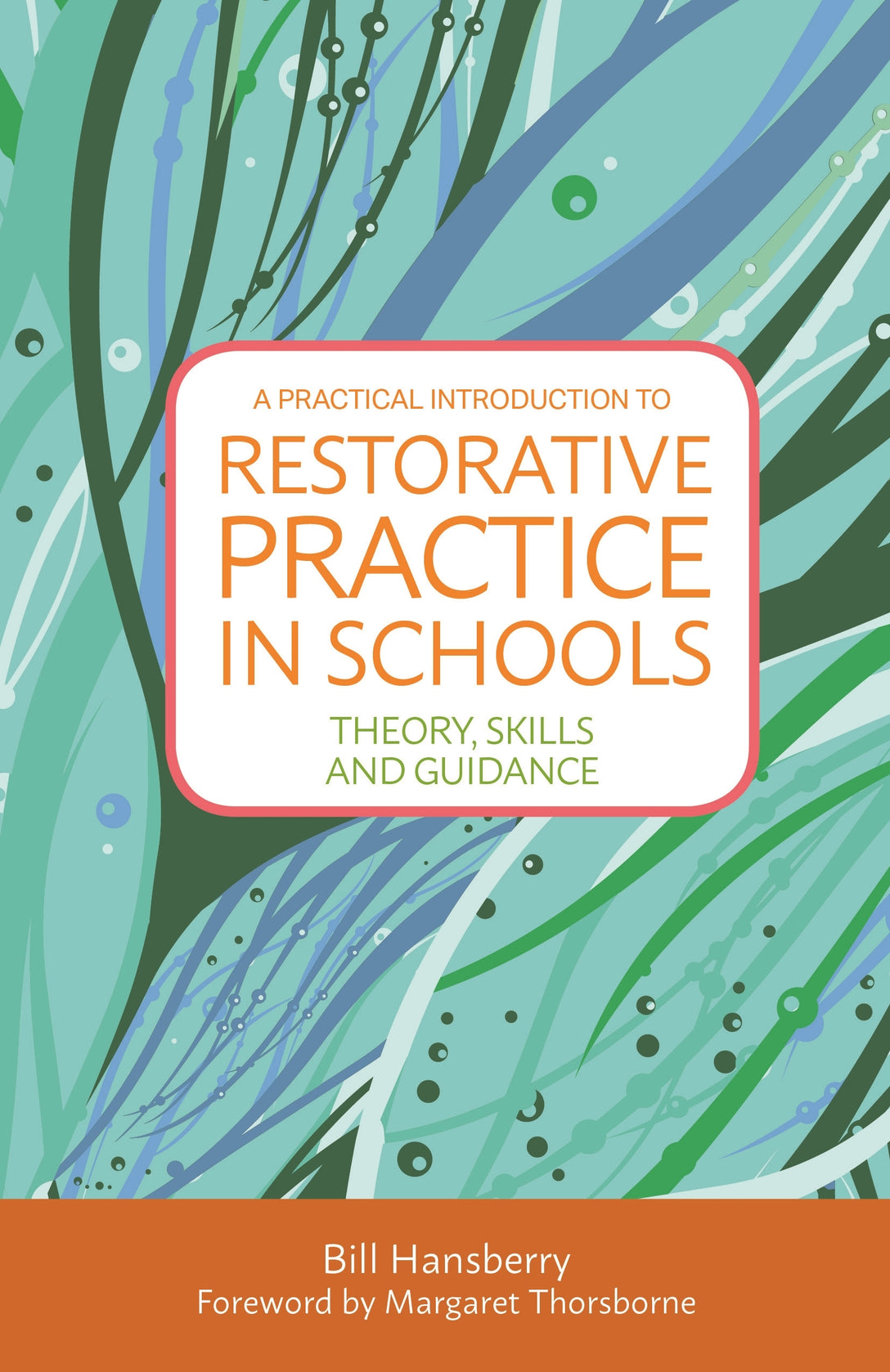
Press Reviews
From the foreword by Margaret Thorsborne
Of the many gifts in this book, I'd like to emphasize a few. Bill mounts compelling arguments for restorative approaches to problem-solving. These arguments are presented in a comprehensive way that will be useful for readers wishing to influence others. Bill's conference preparation, told through his case studies, is impeccable - challenging us to lift our practice, I believe, to new levels. His detailed follow-up work described in section 4 also reminds us that the game is not over once a process has happened. His insights into how children and young people feel and think is very helpful, again helping us to think carefully about our own practice, thoughts and feelings. Finally, though, the whole section called Feeling Restoratively is a must read, if we still need convincing that we need to change the way we work with young people. Bill's grasp of Affect and Script Psychology (Human Being Theory) allows the reader to understand in a deep way, our emotional selves as humans - we are after all, social animals, and we are wired to live in good relationship with others. Important issues around accountability, responsibility, mercy, forgiveness and redemption must be tackled if we are to change our schools, and eventually our communities and world. This book is full of useful ideas and I hope it will become a well-thumbed resource for restorative practitioners. It's a great read.
Lauren Abramson, Ph.D., Founding Director, Community Conferencing Center, Baltimore, Maryland, USA
As a growing community of schools across the globe embrace Restorative Practices, there exists a greater need for resource materials that will give as much careful attention to restorative values and principles as they do to technical guidance around restorative tools. Bill Hansberry has found that sweet spot. Readers who embrace both aspects of this book will be as grounded in their understanding of the vital role of emotion in effective restorative practices as they will be enriched in their ability to practice a variety of restorative approaches.
Jon Collins, Chief Executive, Restorative Justice Council
As interest grows in the use of restorative practice in schools, this new book by Bill Hansberry is a welcome addition to the resources available on the subject. Drawing on the author's personal experience, it provides both valuable insight into the theory underpinning restorative practice and practical advice on how it can be implemented in a school environment. By using case studies, the author also brings to life in an accessible and engaging way what the benefits of a restorative approach can be. Restorative practice should be integral to every school and this book can help to achieve this.
